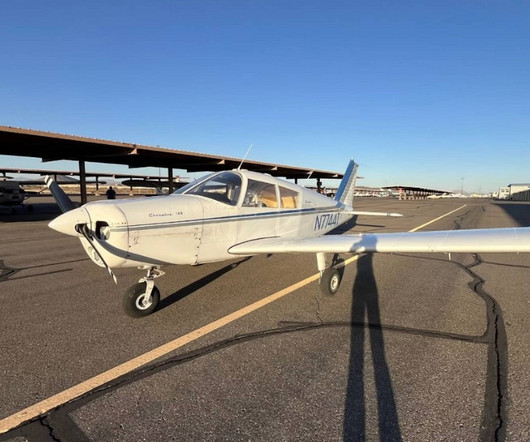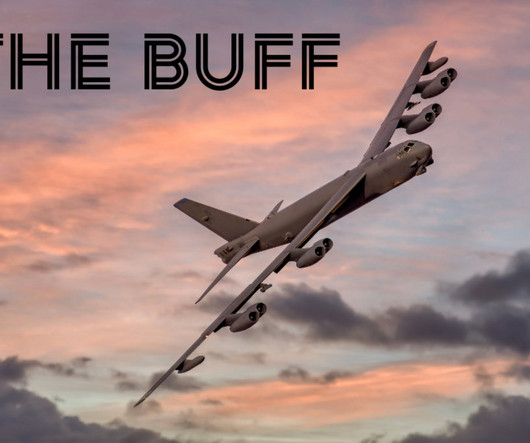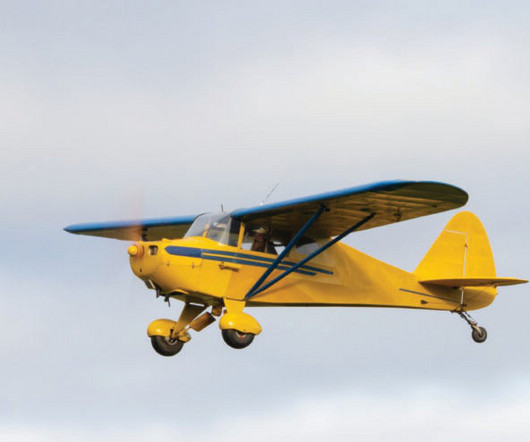Bargain Buys on AircraftForSale: 1955 Piper PA-22-150 Tri-Pacer
Plane and Pilot
FEBRUARY 19, 2025
While, in the air, the two share virtually identical flying characteristics, the tricycle gear of the Tri-Pacer certainly makes it easier to negotiate gusty crosswinds. Derived from the taildragging Pacer, the Tri-Pacer first flew in 1950 and served as an easier-to-handle four-place, fabric-covered alternative to the competition.












Let's personalize your content